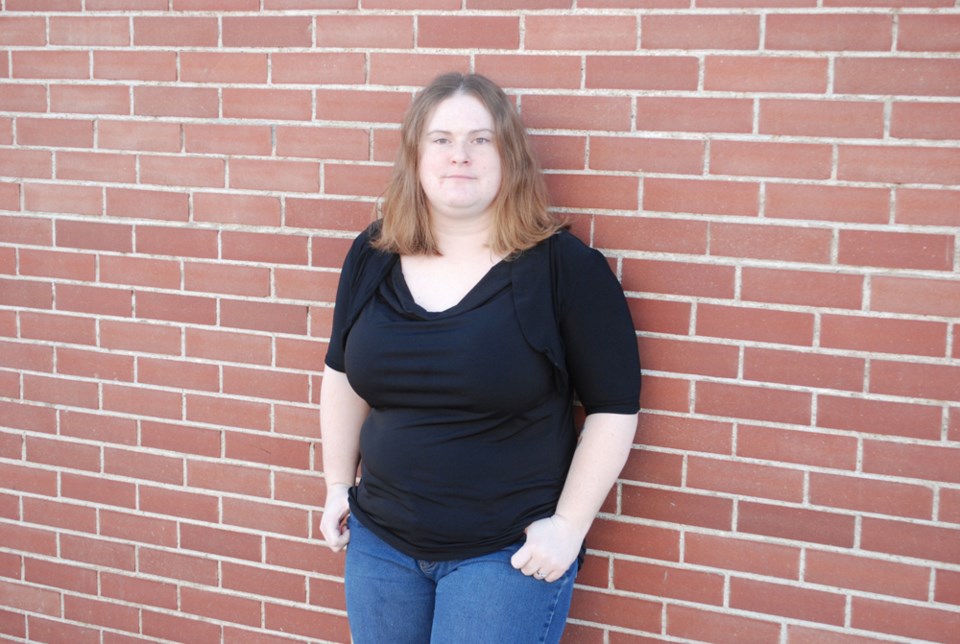It is summer time. The weather is wonderful. The barbecues are on high. The sunscreen is, hopefully, flowing.
And weekends are time to get together with family and friends.
Everyone, with the exception of a particular few, are going to crack open a beer or pour themselves a cocktail.
But how much is too much?
Over the last five years, Saskatchewan has seen the lowest death and injury in collisions involving impaired driving, according to a recent SGI press release.
However, we should not be patting ourselves on the back just quite yet.
We have a drinking culture in rural Saskatchewan, and it starts young.
Growing up in rural Saskatchewan, I watched as people had their first drink and went to their first high school party.
Mondays were days of stories about how drunk students were and how hung over they were on Sundays.
It may have been over a decade since I have graduated high school, but the problem of young people drinking still persists.
The 2016 Saskatchewan Alliance for Youth and Community Wellbeing Youth Health Survey 2016 Provincial Report includes information about underage drinking, with one in three students reporting having used alcohol at least once in the previous month before the survey. In the same survey, one in five students admitting to participating in heavy drinking.
When do we admit that we have a problem?
In 2015, Saskatchewan had the highest rates of impaired driving, after the Northwest Territories and the Yukon, according to Statistics Canada.
In 2015-2016, Saskatchewan had the second highest rate of hospitalization because of drugs and alcohol, according to Canadian Institute of Health Information.
We demonize people who drink and drive, yet how many of us are judging something that we ourselves have done?
SGI credits things like increased enforcement, heavier penalties and more community initiatives for lower death and injury rates.
Financial and judicial penalties seems to be the biggest deterrents to impaired driving, but do they also consider other consequences, such as putting their lives and the lives of others at risk?
Are the high rates of impaired driving in Saskatchewan a symptom of something bigger?
If people are driving impaired, why are they doing it?
If people are drinking heavily, why are they doing it?
How many times does alcohol abuse, which leads to driving impaired and hospitalization, translate into a bigger problem?
Until we get to the heart of the problem, this is still going to be a wide-reaching issue.




